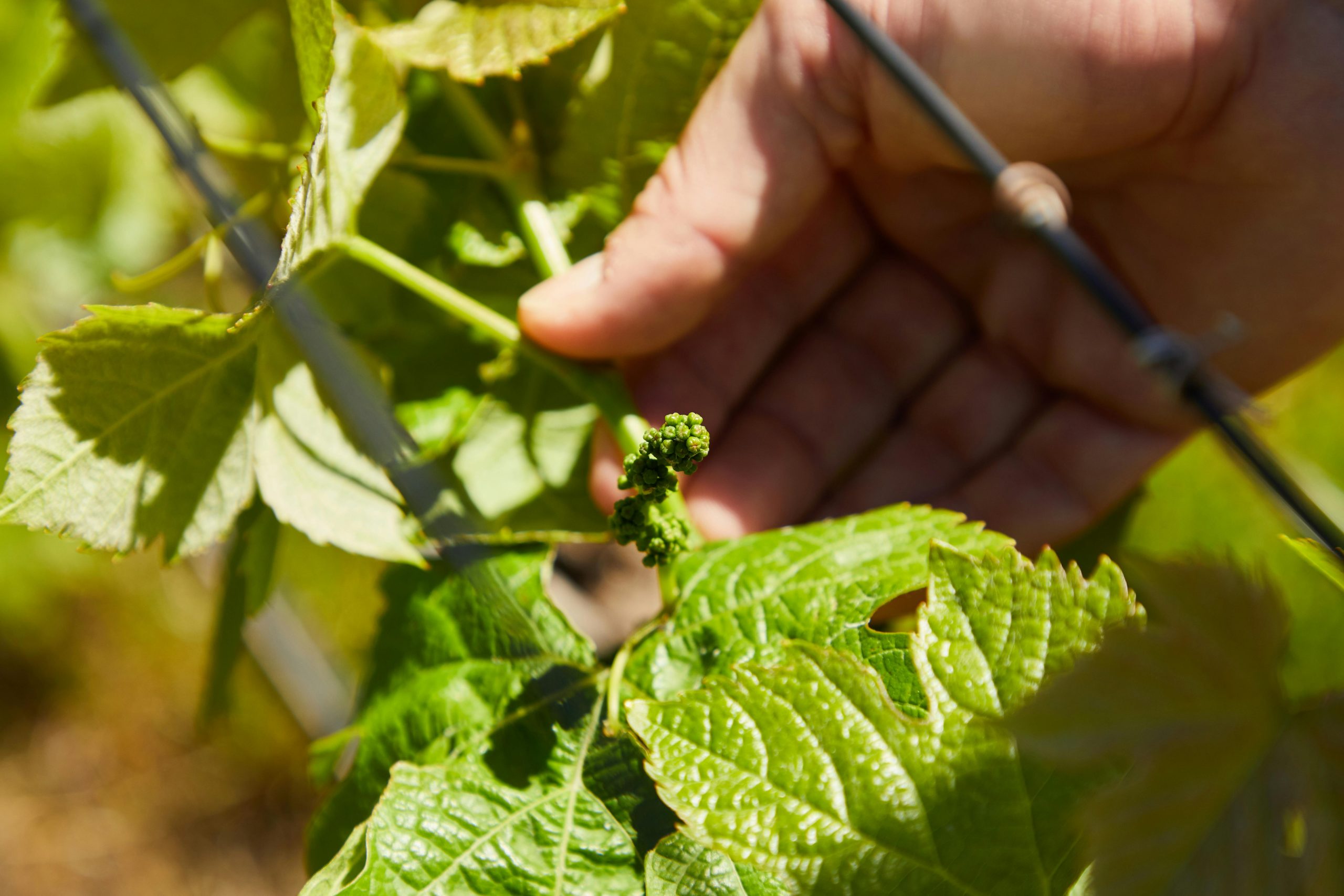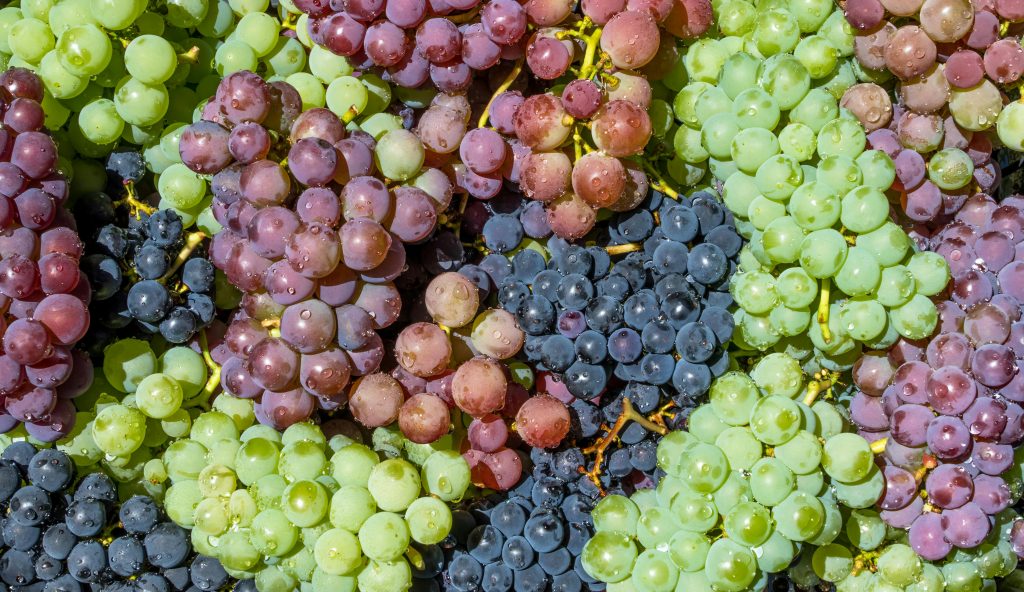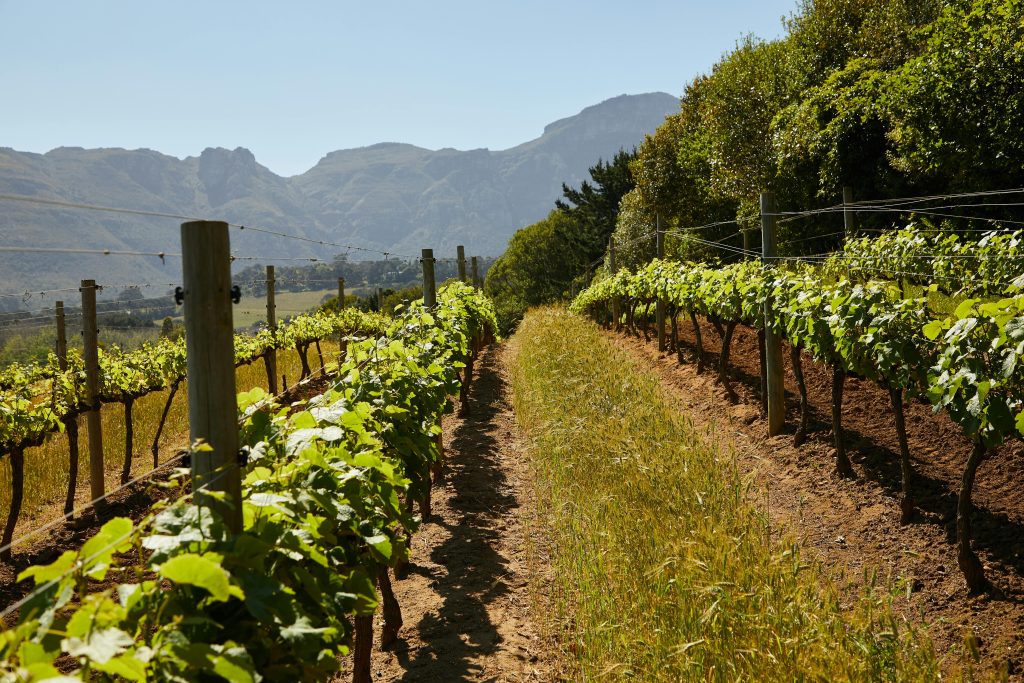
So, you’ve caught the wine bug and want to take it to the next level. Maybe you dream of strolling through your own vineyard, glass of home-grown wine in hand, basking in the satisfaction of grapes grown under your care. But before you dive into this vino-venture, there’s one crucial step: choosing the right grape vines. You can’t just throw any old vine into the soil and expect magic. Like all good things in life, it takes a bit of thought, research, and a touch of artistry.
Let’s embark on this journey to uncover how you can pick the perfect grape vines that will not only thrive in your soil but also make your wine the envy of your neighbors.

1. Know Your Climate: Grape Vines are Divas
Just like how you wouldn’t wear flip-flops to a snowstorm (unless you’re a daredevil), grapevines have preferences too. The first thing you need to understand is that grapes are fussy about the climate. Some like it hot, others prefer it mild, and a few just can’t handle too much rain. So, before choosing your grape vine, look at your local weather conditions.
- Warm climates (like California, Southern France, or Spain) are a haven for Cabernet Sauvignon and Syrah. These grapes thrive under the hot sun, producing bold, robust flavors.
- Cooler climates (like parts of Germany or New Zealand) suit varieties like Pinot Noir and Riesling. These grapes prefer a chillier vibe, producing wines that are lighter and more acidic.
- Moderate climates (think Tuscany or Oregon) can balance between varieties like Chardonnay and Merlot, giving winemakers flexibility.
So, check out your region’s climate data. Is it predominantly warm with dry summers, or do you get misty mornings and occasional frost? Make sure the grape you choose will be happy basking in that environment.
2. Soil Matters More Than You Think
Picture this: You’re building a house. The foundation is everything. Similarly, soil is the foundation for your grape vines. Grape vines are surprisingly resilient, but each type has its own favorite soil snack.
- Sandy soils drain water quickly, which is great for preventing rot but can lead to thirstier plants. Grapes like Grenache love this type of soil, producing wine with lighter tannins.
- Clay soils hold onto water like a sponge, making them ideal for more robust varieties like Cabernet Sauvignon. They bring out bold flavors and deep colors.
- Loamy soils (a balanced mix of sand, silt, and clay) are a winemaker’s dream because they retain nutrients well. This type of soil produces reliable yields but may lack the concentration of flavors found in wines grown in more challenging soils.
Take a soil test to determine what kind of dirt you’re working with. This will help you match your grape variety to the soil. Not all vines are picky, but the more you understand the relationship between soil and vine, the better your chances of producing quality grapes.
3. Think About the Wine You Want to Make
Choosing grape vines also depends on the type of wine you want to make. Are you after a deep, rich red that makes you feel like royalty? Or maybe a crisp, refreshing white that’s perfect for sipping on a summer day?
- If red wine is your passion, you might want to consider classics like Cabernet Sauvignon, Merlot, or Pinot Noir.
- If white wine is more your speed, consider Chardonnay, Sauvignon Blanc, or Riesling.
- For those who love something a bit different, you can explore Rosé or even sparkling wine varieties like Chenin Blanc or Pinot Meunier.
Your wine dreams will guide your vine choices. Want something bold with aging potential? Go for Cabernet Sauvignon. Craving something light and fruity? Sauvignon Blanc has your back.
4. Disease Resistance: Grapes Can Get the Sniffles Too
As romantic as growing grapes sounds, they are, unfortunately, not immune to the trials of nature. Some grape varieties are more resistant to pests and diseases than others, so it’s worth thinking about how much effort you’re willing to put into managing potential problems.
- Phylloxera, a tiny insect that devastated vineyards in the 19th century, still haunts grape growers today. Thankfully, many modern vines are grafted onto phylloxera-resistant rootstocks, but it’s still something to consider.
- Mildew and fungus love damp conditions. If you live in a wet area, choosing disease-resistant varieties like Seyval Blanc or Chambourcin can save you a headache (and your vineyard).
- Some grape varieties, like Concord (for juice and jelly), are naturally resilient but don’t always make the best wine. On the other hand, Vinifera grapes (the most common wine grapes) can be a bit more delicate.
Do some research on the common vineyard diseases in your region, then pick grape varieties known to resist them. This will save you a ton of time, effort, and money in the long run.
5. The Importance of Rootstock: A Match Made in Heaven
Remember how we mentioned that grapes are grafted onto rootstock? Here’s why it matters. The rootstock is like the base that your vine grows on, and it influences the vine’s health, vigor, and disease resistance.
Most wine grapes are grafted onto rootstock that’s resistant to diseases like phylloxera. The choice of rootstock can also affect how well your vines handle the soil’s water availability, so it’s worth consulting with an expert or your vine supplier about which rootstock works best for your region.
6. Harvest Timing: Get Your Calendar Ready
Different grape varieties ripen at different times. Some are early birds, while others like to sleep in. Knowing when your grapes will ripen is important because it affects not only the flavor of the wine but also the practical side of managing a vineyard.
- Early-ripening varieties like Chardonnay and Pinot Noir are perfect if you want to harvest before the cooler fall months or before the rains set in.
- Late-ripening varieties like Cabernet Sauvignon need a longer growing season, which means more time for the grapes to develop those intense flavors but also a higher risk of adverse weather.
If your region has a short growing season, choose early-ripening grapes. If you live in a place where autumn is long and mild, go for the late bloomers.

7. Consider Your Space (Or Lack of It)
It’s tempting to think big, but not every would-be vineyard owner has rolling hills of land to play with. If you’re working with limited space, that’s okay. You can still grow great vines. Compact vine varieties or dwarf varieties exist for those with smaller plots of land. Vertical trellising systems can help you maximize space, allowing your vines to grow upward rather than out.
If you’re working with limited space, you might also want to consider varieties that are self-pollinating. These varieties don’t need a partner plant to produce fruit, which means you can plant fewer vines and still get great results.
8. Experiment with Native or Hybrid Grapes
Not all the best wines come from traditional grape varieties like Cabernet or Chardonnay. Many regions have their own native grape varieties or hybrid grapes bred to withstand local conditions. If you’re feeling adventurous, look into native varieties like Norton (which thrives in the American Midwest) or hybrids like Traminette (a cross between Gewürztraminer and a French-American hybrid). These grapes are often bred for resistance to diseases or climate stress and can produce unique wines that stand out from the crowd.
9. Get Expert Advice and Do Your Research
There’s no harm in calling in reinforcements. Consult with local vineyards or grapevine suppliers who understand your region. Many professional vine nurseries can guide you through the process of choosing the right varieties and rootstocks for your specific needs. Don’t hesitate to ask questions. After all, it’s better to get things right from the start than to have to rip out poorly performing vines a few years down the line.
10. Don’t Forget the Fun Factor
Last but not least, remember that growing grape vines should be fun. Yes, it’s work, but it’s also an exciting journey. Choose grapes you’re passionate about, ones that will keep you motivated through the tough times. Whether you dream of bottling your own label or simply sharing a glass of homemade wine with friends, let your love of wine guide your choices. After all, wine is all about passion, pleasure, and sharing good times with people you care about.